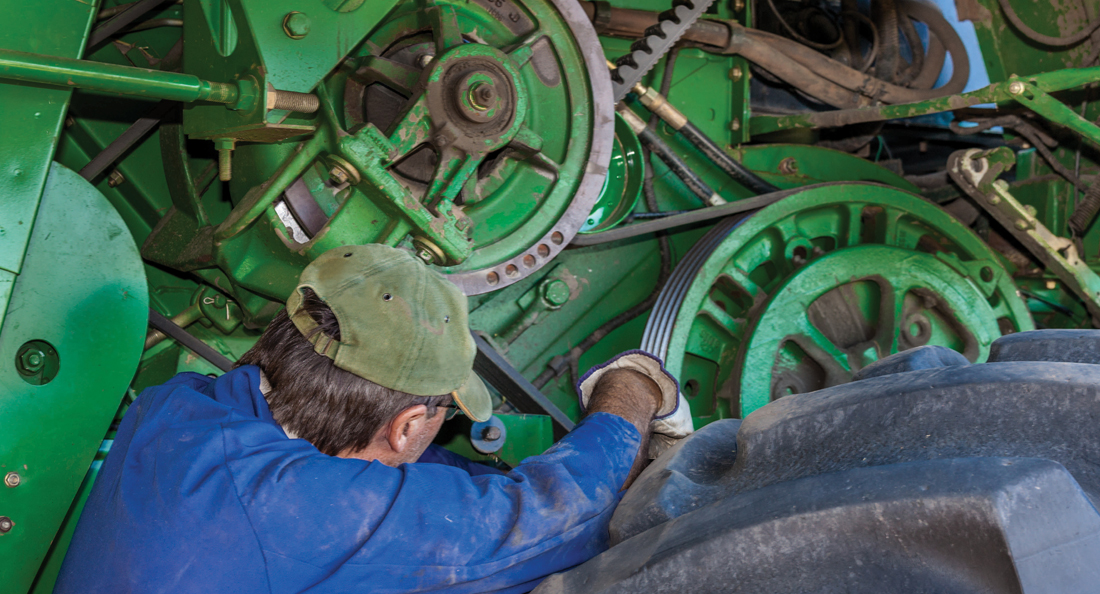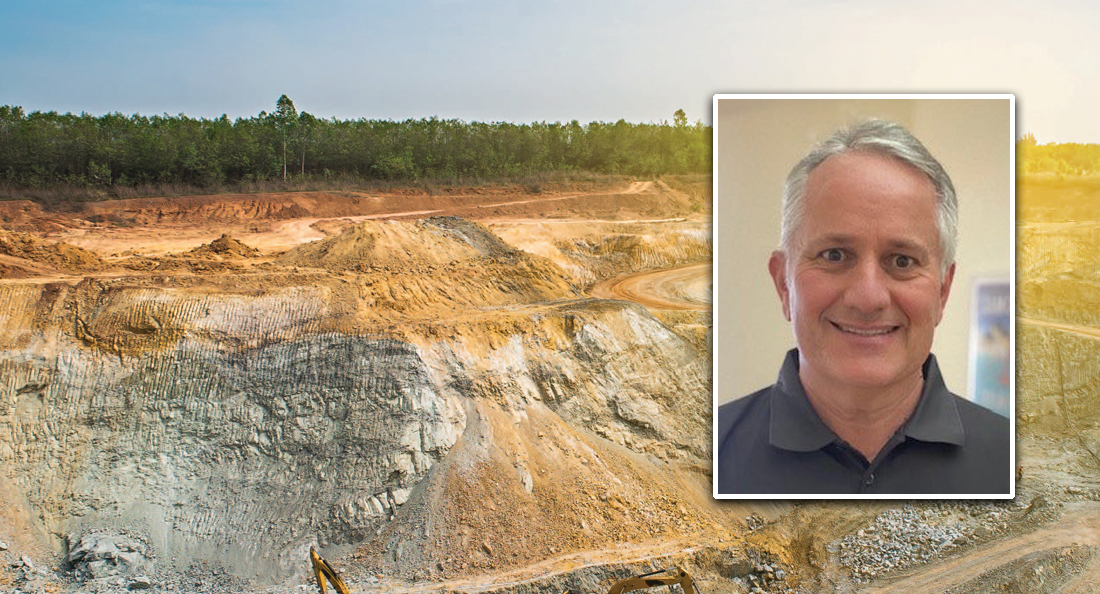During a time of uncertainty for the global supply chain and skills shortages across many industries, uptime is everyone’s most valuable resource. The mines and quarries sector is learning to adapt, employing new technologies and approaches to help equipment communicate through advanced condition monitoring.
Grant Gray, General Manager – National Sales at Motion Australia, says that even amongst the growing need for raw materials across infrastructure and construction, quarrying operations will need to embrace the benefits of Industry 4.0 if they hope to remain competitive.
“Most consumers are noticing the widespread challenges when veggies are out of stock at the supermarket, or their favourite restaurant is closed two days a week due to staffing issues,” he points out. “But these problems are heavily impacting resource sectors as well, along with an inordinate demand for raw material – so having increased visibility on the health of equipment is paramount.”
In a rugged quarrying environment, gearboxes and other parts are often subject to contaminants, extreme temperatures, and heavy use. Whether it’s a crusher, roller, pump or screen, even the most reliable equipment can experience unexpected failure. But according to Grant, it’s all about the smarter allocation of time and people power to keep ahead of the game.
“The increase in material demand also puts more load and stress on quarrying equipment – we’re moving a lot more product now, and we’re moving it faster, for longer. It’s vastly more productive to have maintenance fitters staying on top of equipment upkeep and scheduled change-outs, rather than continually spending time attending to broken gear. This is where a remote or online monitoring solution can make all the difference.”
While online condition monitoring has been a reality for some time, Grant says that flow-on challenges from the Covid-19 pandemic have forced many businesses to take stock and evaluate the potential strengths of predictive maintenance solutions.
“I think historically there has been a view that this is a tool reserved for the big players within the sector,” he reflects. “And that just isn’t the case anymore; the costs around implementing it, even on single site operations, has come down significantly, and the return on making that investment is evidently worth it.”
Echoing this sentiment, Michael Greelish, National Business Development Manager at Motion Australia, points out that reliability and consistent production is only capped by the extent of a site’s predictive maintenance plan.
“We do a lot of remote monitoring for quarries, particularly on crusher machines,” he says. “Rather than letting them run to failure, it’s more beneficial to keep an eye on their ongoing performance and address any necessary repair or replacement in a timelier manner.”
Even in smaller quarrying environments, the integration of online condition analysis to one or two crushing machines has proven beneficial in the long-term. Sensors can replace the need for regular maintenance checks, freeing up time throughout the day that might be better invested elsewhere on site.
A correctly installed digital framework allows operation managers to have greater visibility on the health of each piece of equipment, closely analysing factors like speed, vibration, pressure, and temperature of different moving parts. Compared with traditional, frequency-based monitoring approaches that depend on manual labour, the generated data offers an increased likelihood of identifying subtle changes to the machine’s behaviour.
“Catastrophic breakdowns on crushers and screens always start with something small,” Grant explains. “A little vibration, or small drip from a seal. Then all of sudden the gearbox has got no oil in it, and all the metal parts are grinding without lubrication, so you’ve got excess heat building up.”
“Of course, ultimately, the whole thing explodes, costing hugely in downtime and repair,” he continues. “So, the question we ask ourselves is, what could we have done if we’d known? If we’d noticed that high frequency sound coming out of the machine, or slight uptick in temperature before it wasn’t too late?”
As experts in the supply and maintenance of critical quarrying equipment, Motion Australia is well placed to assist with this level of monitoring, analysis and support. The Quarry Roadmap industry guide outlines key pain points often seen on primary and secondary pieces of equipment, suggesting practical solutions based on the team’s extensive knowledge.
“Now is the time to be having these conversations with us, so we can come to your site and offer added value to increase your production,” urges Grant. “These issues around supply chain aren’t going away overnight. With the global demand for raw material, we will continue to be heavily invested in ensuring uptime for quarries.”
Take a look at Motion Australia’s Industry Solutions Quarry Roadmap here.




